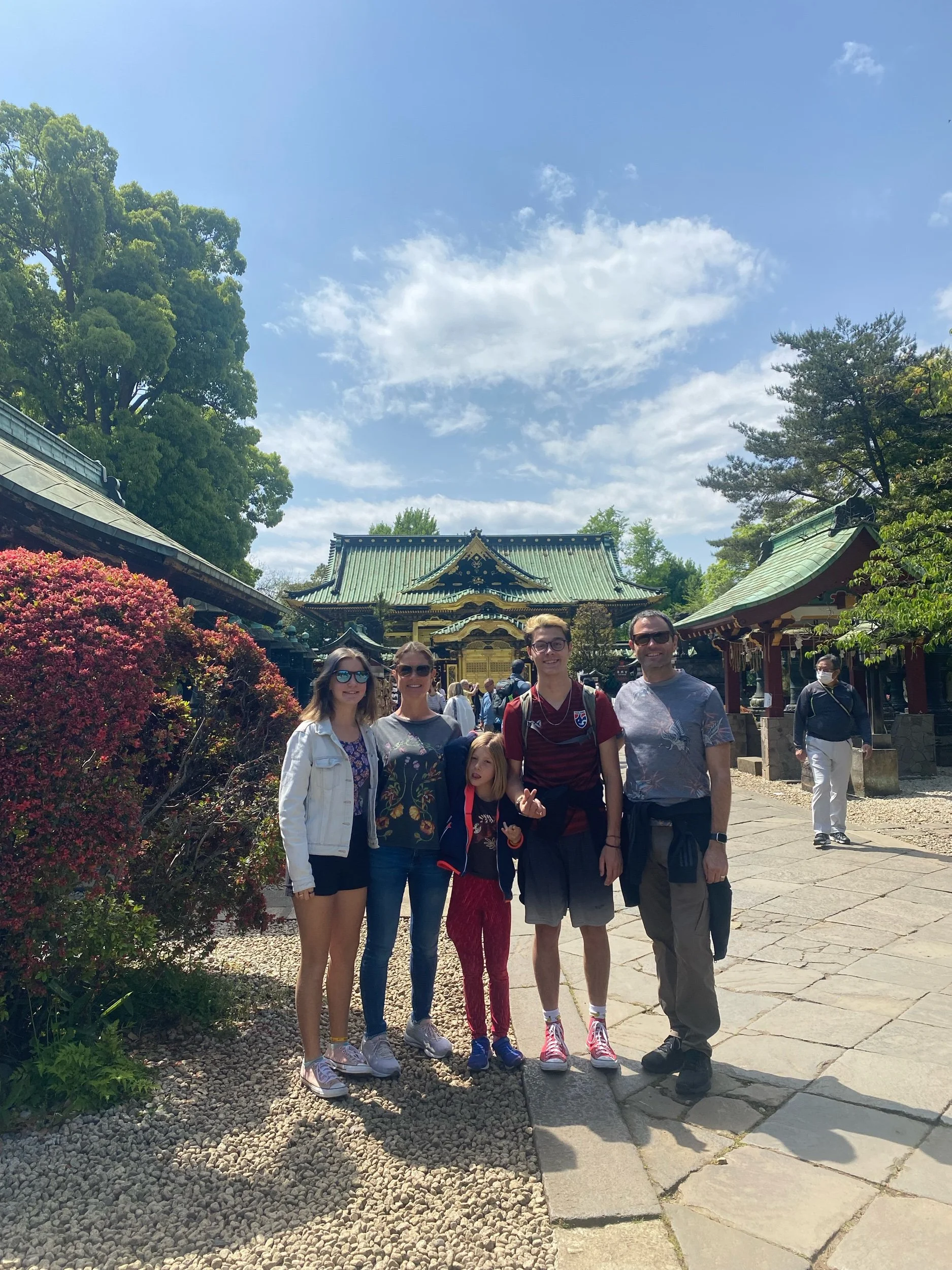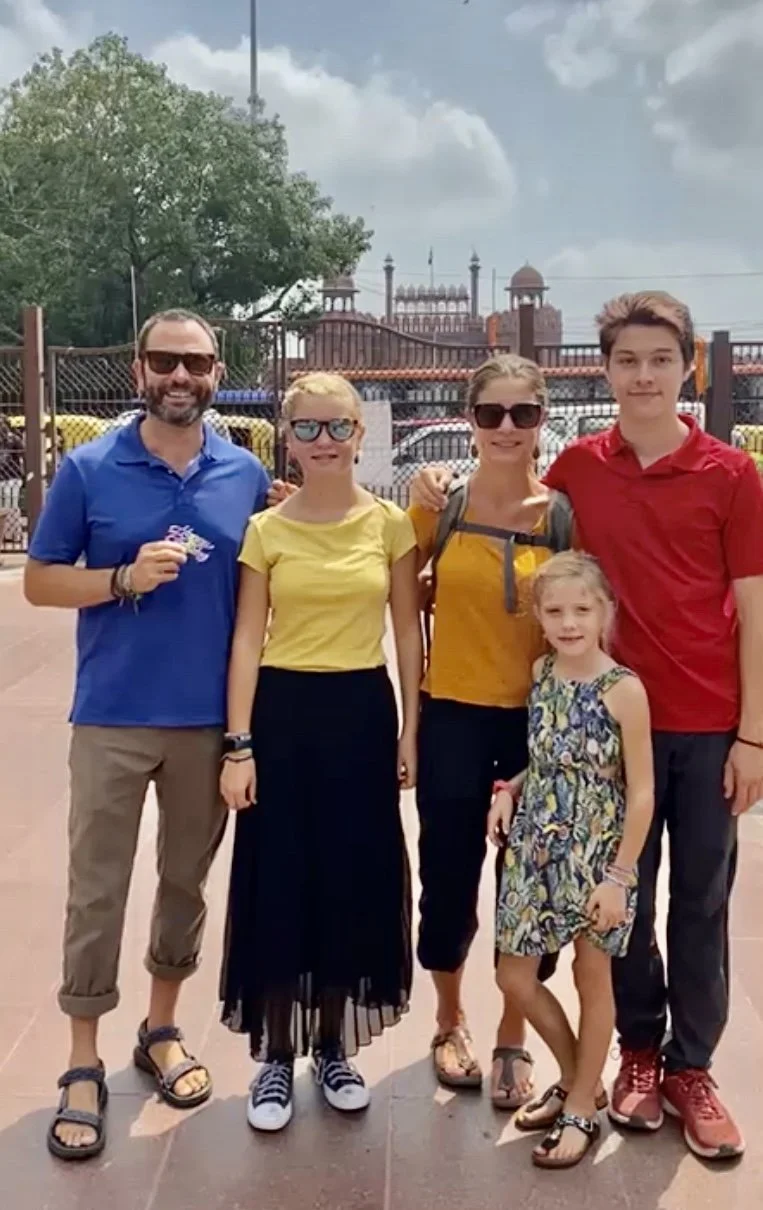Taipei, Taiwan; Top Ten things to do
Taipei, Taiwan is an interesting place. Interesting in a good way. It is heavily Chinese-influenced, due to its history/proximity with China. The history of Taiwan is rather interesting and explains the culture and traditions of Taiwan. In China, after the fall of the Chinese emperors in 1911, a democratic government arose, called the Republic of China (Roc). In 1949 there was another revolution in China, this time overthrowing the democratic Republic of China (RoC) and replacing it with the Communist People’s Republic of China. The president of the RoC at the time (Chiang Kai-shek), along with more than a million Chinese fled to Taiwan between 1945 and 1955. Because of this sudden influx of Chinese people, Taiwan has been heavily influenced by Chinese culture, traditions, language, and more. Currently, China doesn’t recognize Taiwan as an independent country, furthermore only 13 countries recognize Taiwan as an independent country. China has stated that it may use force to “reunite” Taiwan with mainland China. Let’s hope this doesn’t result in another unecesary war!
We spent a week in Taipei, the capital of Taiwan.
Here are our top attractions in Taipei;
To the side is the view from the Elephant Mountain Hiking trail, with the Taipei101
The Taipei 101 is an iconic skyscraper in Taipei. Standing tall at a height of 508 meters, it held the title of the world's tallest building until 2010. Currently, it is the 10th tallest building in the world, definitely an impressive feat. The building looks a lot like a huge pagoda, as it is split into many stacked sections, with the base of each section being smaller than the top of the section. The observatory deck on the 89th and 101st floors offers breathtaking panoramic views of the cityscape. It is about 20 dollars for the first observatory, and about 32 dollars to go to the very last floor, the 101st. Taipei 101 is not only a symbol of Taiwan but also houses numerous upscale shops, restaurants, and offices, making it a vibrant hub for business, entertainment, and retail.
The Hushan Hiking Trail, also known as Elephant Mountain, is a popular hiking destination in Taipei. The trail is well-maintained and easily accessible, and isn’t too long of a hike, maybe 1.5 km (just under a mile) to the summit. The challenging part is a series of stone steps and steep slopes on the way to the top. The highlight of the hike is reaching the summit, where you'll be rewarded with stunning panoramic views of Taipei's skyline, including the iconic Taipei 101 building. It is the perfect spot for pictures of the Taipei 101 and the rest of the city. Well worth it for the pictures and it is also very near to the Taipei 101.
The entrance to the Longshan Temple.
Longshan Temple is a temple dedicated to both Buddhist and Taoist deities. It is right at the center of the city and is certainly a sight to behold. First off, it is incredibly decorated. There are so many fine details all over the temple. The gates themselves are covered in twirling dragons, phoenixes, and other golden creatures. Inside are beautiful statues, calligraphy, glowing lanterns, and more. The temple itself is fairly old, dating back to the 1730s! A must for a temple experience in Taipei.
The Gate at the Chiang Kai-shek Memorial
Another view from the Chiang Kai-shek.
The Chiang Kai-shek Memorial Hall is a significant landmark dedicated to the former President of the Republic of China. This imposing structure/park showcases traditional Chinese architecture and is an impressive sight. There is a massive gate at one end, very intricate, that opens to a large open space with the memorial at the far end. To either side are identical buildings, both wonders on their own. One is the National Theatre, and the other is the National Concert Hall. Inside, visitors can explore exhibitions and view the impressive bronze statue of Chiang Kai-shek. At certain hours of the day, they have a changing of the guards inside the memorial. If you can, that is the time to visit this memorial. To the sides of the main monument are the National Theater and National Concert Hall, adding to the cultural atmosphere. It serves as a center for promoting Taiwanese history and culture, making it a must-visit attraction that offers insight into Taiwan's development (underneath the memorial is a museum that showcases Taiwan’s history).
A little bronze bodhisattva at the National Palace Museum
The National Palace Museum of Taiwan is a world-renowned cultural institution located in Taipei. It houses an extensive collection of Chinese art and artifacts, spanning over 8,000 years of history. Interestingly, when the president fled to Taiwan in 1949, he brought something like 600,000 items from China. The museum's vast treasures include exquisite paintings, calligraphy, jade carvings, and more from various dynasties in China. These artifacts bring a lot of value and importance to China's rich culture and its significant contributions to art and civilization. The museum itself looks just like a traditional Chinese palace on the outside, and on the inside like a state-of-the-art museum. Visitors can explore the museum's numerous galleries, each displaying a different aspect of Chinese history and artistic expression. The galleries are well done and bring out the history of Taiwan and China.
The changing of the gaurds at the National Revolutionary Martyrs’ Shrine.
The National Revolutionary Martyrs' Shrine in Taipei is a solemn site dedicated to honoring the memory of fallen soldiers who sacrificed their lives for their country. The shrine serves as a symbol of remembrance and gratitude towards those who fought during the revolutionary period that overthrew the Chinese emperor. Its grandeur is evident in its majestic architecture, featuring classical Chinese design elements and a vast courtyard. Visitors can witness the changing of the guard ceremony, very similar to that of the Chiang Kai-shek changing of the guards. Inside the shrine, there is a main hall that houses memorial tablets and plaques, as well as murals depicting the struggle to break free from the emperor’s grasp. Fairly near the Taiwan National Palace Museum, this is another great attraction.
The Taipei Fine Arts Museum is a prestigious art institution in Taipei. It serves as a hub for contemporary art, showcasing a diverse range of artistic expressions and innovative works from both local and international artists. The museum hosts a variety of exhibitions, featuring painting, sculpture, multimedia, and more. It is contemporary art, so don’t expect fancy portraits or even art that make a lot of sense. It is unique and diverse, with a lot of different types of art. Something to stop by and have a look at. It is very popular and gets busy!
An example of the odd art at the Fine Arts Musuem
The old Dihua street
Dihua Street is a historic and culturally rich street that transports visitors back in time. This well-preserved area dates back to the Qing Dynasty and is known for its traditional architecture. Walking along Dihua Street feels like stepping into a different era, with its quaint shops, old-fashioned storefronts, and red-brick buildings. The street is famous for its bustling market, where you can find a lot of goods, including traditional Chinese herbs, spices, teas, fabrics, and handicrafts. Dihua Street is not only a shopping destination but also a cultural hub, with art galleries, antique stores, and temples dotted along its length. Dihua Street offers a unique glimpse into Taipei's past, allowing visitors to appreciate the city's historical heritage and experience the old-world charm this area has. From this street, we learned that Taiwan was actually a major trading outpost for all sorts of countries, and this centered around Dihua Street.
Huashan 1914 Creative Park in Taipei is a vibrant space that uses creativity and innovation. Housed in a converted industrial complex, the park combines old factories and warehouses with a modern twist. Artists, designers, and performers showcase their work through exhibitions, workshops, and events. With its galleries, outdoor installations, trendy cafes, and artisanal boutiques, Huashan 1914 provides an immersive experience for visitors. Simply walking around and exploring the unusual shops set against the old brick factories and warehouses, is an experience unto itself.
The so-called Taiwanese Burger; a steamed bun with the softest braised pork belly slice ever. One of our favourite foods in Taiwan.
Taipei is renowned for its vibrant and bustling night markets, which offer an exciting experience for both locals and tourists. One of the most famous night markets is Shilin Night Market. It is a sprawling maze of food stalls, shops, and entertainment, where visitors can indulge in a wide variety of Taiwanese street food, such as stinky tofu, it is really stinky; grilled squid, literally a whole squid grilled; bubble tea, which is from Taiwan, and a must in the city. There is also the Ningxia Night Market, Ximending Night Market, and Guangzhou Night Market. All of them share similar foods and similar atmospheres, but each has its differences. You should see at least one of the markets as this is an essential experience in Taipei.
The pepper bun - crispy bread surrounding juicy pork and green onion (although they do have other fillings). Although sounding simple, it is a great snack!
Taipei is a great city to visit and has so much to offer. There are modern attractions, cultural attractions, historical sites, places to eat, and more. With all the attractions above and more, I’m sure your stay will be a memorable one. Make sure to check out all the street food that you can, as this is probably one of the most important parts of the Taipei experience.








































